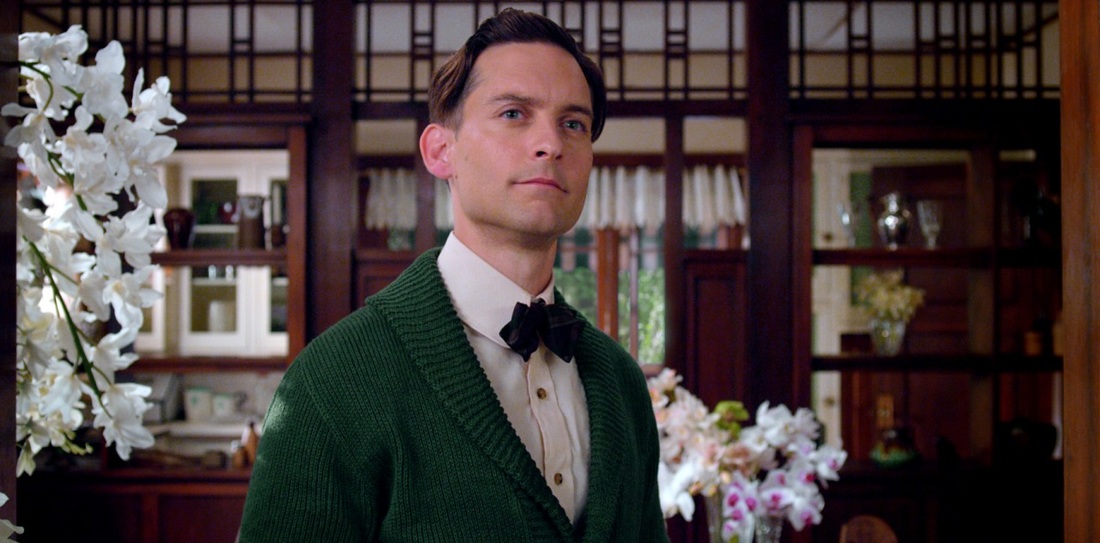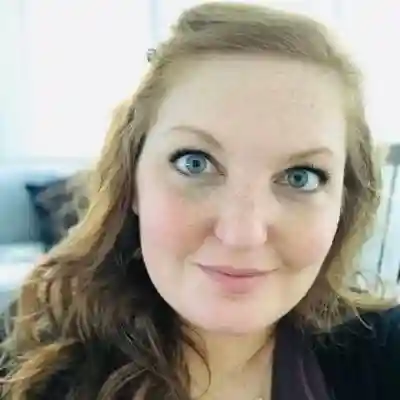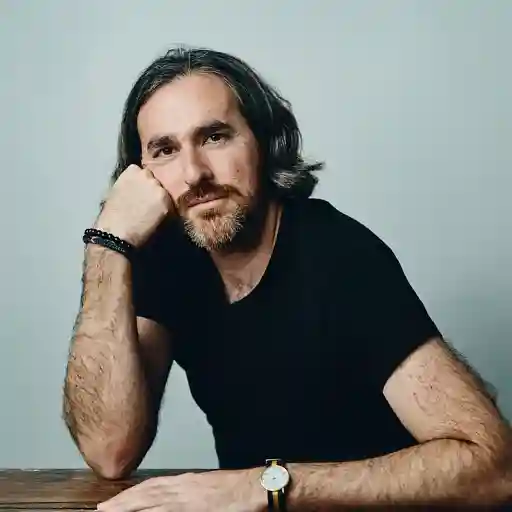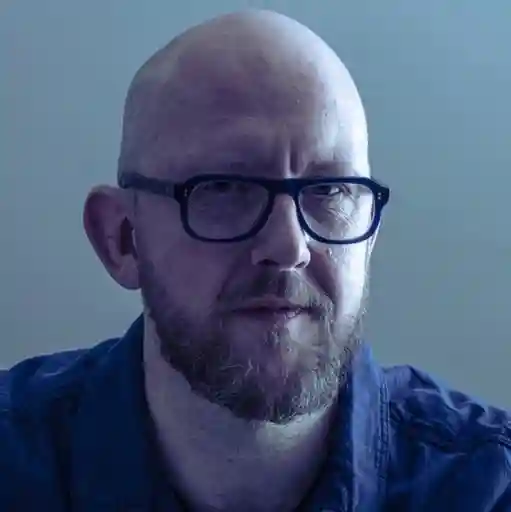I'm Caroline Leavitt and I'm the New York Times bestselling author of 12 novels, including Is This Tomorrow, Pictures of You, and Cruel Beautiful World. I have a new novel, With or Without You, coming out August 4th, 2020 from Algonquin Books, and they are reissuing my novel PIctures of You for its tenth anniversary. I’m also working on another which I sold on a synopsis.
This is my friend and colleague, Gina Sorell. She’s the author of the incredible novel Mothers and Other Strangers. It has the best first sentence ever. The first sentence matters, so pay attention to that when you revise your novel.
Talking about which, today Gina and I are going to be talking about revision, because finishing the first draft doesn’t mean you're finished. Revision is where the real work comes in. Let’s uncover the process.
Why revise?
Caroline Leavitt: A lot of people have the misguided idea about what it means to write a novel. They think the muse comes or you just write the novel, then you edit it, but it’s not that simple.
You can think of your novel as a person. Everybody has a skeleton that holds it up — so does every book. What revision does is it makes sure you have a really strong skeleton. Once you have that you can add on other features — the flesh, the hair, etc. — to make the book unique.
Gina Sorell:For me, revision is where I really get to play. I’ve done the hard part of pulling the story out of me and getting it on the page. I’m no longer wandering in the dark or worrying if I have a book. I have a book! It’s all right there, and now I get to take a step back and look at it critically, and get it into the best shape it can be.
When is it time to revise?
CL: You should be revising all the time, actually. By the time I feel that my novel is ready to go to my agent and my editor, I've done about 20 revisions. And even then, each of them will look at it and come back to me with more revision suggestions. It’s a continuous and sometimes frustrating process, but as a writer, you can learn to love it.
GS: I do minor revisions as I go along. I like to discover as I write, I find it helpful to get as much of the story out as possible and then do a really big, overall revision at the end.
You also want to bring it to an editor only when you’re ready for it — you’ve done the best you can to revise on your own and, more importantly, you’re in the right mindset to carry out the work. There’s going to be a lot of rewriting, so if you’re feeling burnt out, you might not be up to it. But if you're feeling refreshed and rested, you'll be excited and energized by the process, ready to make the most of it.
Tips for effective and enjoyable revision
Gina and I are going to share some tricks to help you embrace this long process.
Make it appear different
CL: Often, you're so far into your book by the time you revise that it’s difficult to notice the problems even when it smacks you in the face, so you have to trick your brain into seeing your manuscript in a different light. Try:
- Print your manuscript out in a different font, font size, or color; and
- Read it out loud.
You'll be surprised how differently it sounds, and you'll notice things that aren’t flowing. Pay attention to how you feel. Are you bored? Does this part make you cry, like you intended it to? Reading your draft aloud can help you tune into the emotions of your book.
Track developments
CL: Think about the timeline of your novel. Does your novel take place in one season, in a year, or in many years? How did those seasons and weeks impact or display your character's growth? Track it.
My secret weapon for this is the Post-it note. My agent always has me print out my novel and then use different colored Post-its for different characters. Say the main character gets an orange note every time she has an important scene while the supporting character gets pink ones. When I’m done with the tagging and I notice there’s more pink than orange, I know the balance between the characters is off and I need to fix that. You can also do this on programs like Scrivener.
GS: I really like to keep track by writing things out by hand. One of the things I do is write out all my chapters, and then assign a log line or write a few sentences for each chapter that explains what each chapter is about. You should be able to summarize your chapters like this without having to ponder too much. For example, I might put down, "Chapter one: meet Janet as her life explodes on her wedding night when she discovers that her husband is already married." This is not only great for reference when I'm moving things around but it also really helps me understand if I've been able to encapsulate the content of that chapter clearly.
I also really love a good white-erase board. I write out all my chapters and all of my summaries on it so that I can see them all as I rewrite and rework. This helps me notice repetitions and allows me to also see if my theme is consistent and strong throughout the novel. I'll also be able to see what other themes are emerging — it’s always a bit of a discovery for me. I don't really map out my novel ahead of time. I go and write until it becomes clear to me — sometimes that's 30 pages in, sometimes it's 50. But when I'm sure that I have something, I go back and I start to unpack it.
For example, let's say that I'm writing about being an outsider. I might notice that I've written about it in a number of different ways: one character might be talking about loneliness, or others may be searching for a place to call home. So I'll start to see how this idea of being an outsider is manifesting itself in different ways throughout the novel.
CL: Unlike Gina, I like to plan my novel a little bit, and I use the Wants and Needs Bible, which I’ve mentioned in my last Reedsy Live on how to structure a novel. As the Rolling Stones say, you can’t always get what you want, but if you try sometimes — and struggle — then you can get what you need, which is very different indeed. And that’s what happens to your character.
You start off with the character wanting something — e.g. Nick Carraway wanting to be rich in The Great Gatsby — and he chases that. He finds his way into the life of his dreams only to find out, in an “all is lost” moment, that he’s not happy. Nick dislikes his wealthy girlfriend, his wealthy neighbors, and he hates the person he’s become. That leads him to an action: he walks away from what he wanted, because it's not what he needs. What he needs is to be a good person and not to care about money. So he's got a dramatic shift from the beginning of the novel to the end, which is what you want in a book.

Once I have an arc, I make sure that my first chapter dovetails from my last. If the first chapter is about a guy who wants to be rich, then the last chapter can't still be about a guy who wants to be rich, because there'd be no change.
Take your time
GS: The tricky part comes in when you’re ready to work with an editor. Sometimes they’ll be giving you so much feedback, and some of it you won’t get right away. And sometimes that’s because somebody who's reading your work might not understand your intentions because it needs to be clarified — in that case, it's on you to work on clarifying it.
Many times, my own reaction to critical feedback is, "No, no, these revisions can't be done — I'm finished. It's been too much work." But usually, it's just an overwhelming sense of fatigue and dread, thinking that you still have more work to do. When I feel that, I take a deep breath, and break the rewriting down, parcel it out to make it seem more feasible. I must’ve written six drafts for my debut novel, which was just the time and refining that it needed, and this mindset carried me through the revision process.
Find the right editor for you
GS: Another important thing is you have to remember when dealing with others’ feedback is that this is your book, and you do not have to do anything that anybody tells you. Sometimes, others’ feedback can make sense, but it’s not what you wanted for your story or character. Then, it’s not just a matter of miscommunication; there’s a differing of views. For example, your editor might think your story needs a happy ending, where your lead, Janice, decides to forgive her cheating husband because he’s really sorry, while you think Janice can’t accept that. In such a scenario, there’s no obligation to alter your views to fit the editors’ vision.
Still, it's important to understand the feedback and where it's coming from. What are they trying to get you to do? Is it to clarify or is it to work on the plot? Is it there something off with the pacing? Think about that and apply what feels right for your story. Trust that you can do that work even though it seems overwhelming at first.
CL: I wrote a book — Girls In Trouble — years ago about the troubles of getting an open adoption. I gave it to an editor and she said to me: "Some writers have books that they just need to junk and burn — this is yours." I was so upset, and I didn't know what to do, because I had been haunted into writing this book. Then I remembered that this particular editor had tried to adopt a child and had a really terrible experience. She was the wrong person to edit this book because she had an agenda; she didn't like anything I said. That's why it's important to have the right fit.
Also, it's really important to remember what’s so important to you that you have to write an entire novel about it. Don't think about the outside community. If you go down deep and get what's important to you, it'll become universal and it will be important to other people.
When we work with authors, we always offer to do a free one-page markup. Through that, you'll know instantly if we're the right editor for you. If you have written something that's meant to be funny but we say, "This really is way too serious," then we're not the right editor for you. You may have written a sci-fi book, which may not be my forte, so I'm not the right editor for you. It doesn't mean you're not talented, or your book isn't good — it just means you need a different editor, and we will tell you that. There's never any hard feelings.
Common writing and revising mistakes
Gina, my husband, Jeff Tamarkin, and I — we do developmental editing, meaning we work with authors via Reedsy, on their character arcs, their pacing, the revelations and moral choices they include in the story, etc. Throughout the process we notice some mistakes authors often make, and we’ll give them a quick rundown, as well as some tips for you to avoid them.
Not starting with the conflict
CL: We all agree that one of the most common mistakes is starting too soon. You don't have to tell us about a character's childhood before you get to the conflict, and you don't have to describe their house for three pages. All that material might be important, but you can weave it in later. You want to start right in the conflict. Take Gina’s opening sentence as an example: "My father proposed to my mother at gunpoint when she was nineteen, and knowing that she was already pregnant with a dead man's child, she accepted." That's what you want: character and conflict, right away.
A good tip here is telling, not showing — that's an old chestnut, but it's a good one. Think of a movie, almost like a silent movie, at first: it's action, action, action. You can tell me a thousand times, "Robert loves his wife." But if Robert walks over and punches his wife in the head, we sort of know that he doesn't really love his wife, or that the love is something we should be wary of.
Overusing backstory
CL: The second biggest mistake — both Gina and I have struggled with this and have now conquered it — is backstory. Backstory means the past, the things that happened to the character before the main story starts. Backstory can make or break your novel. The past is important but you don't want it to overshadow the current story. So what should you do with all the backstory?
The key is to create a trigger. For example, you have your main story which is about a troubled, newly-sober cop who needs to solve this one last case or he'll lose his job, and that's the conflict. He has a backstory which is the reason why he's about to lose his job. Say, he was drinking and accidentally beat up some people or ruined a bar — it was a big mess and was all in the papers. Where do you put that backstory?
Well, the present has to trigger it. Get that cop into a place where he has to interview a suspect — how about a bar? He walks into that bar and he's triggered. The smell of the alcohol, the clink of the glasses — all of a sudden he feels the past is right there with him. He tries to interview the suspect but it doesn't go well. You can get him alone: he leaves the bar and goes to sit on a park bench going, "Oh, my God, what did I do?" Then, he remembers what happened that day he got really drunk and destroyed a bar — he tells us about it. He tells us about it as if it is happening, so we feel it and we live through it with him. Once he's done telling us that, he's changed in the present, thinking, "I can never let that happen again."
GS: Backstory really is something that we've both worked hard on. I like the idea of it being triggered in the present, but I also think that sometimes your backstory can come out in dialogue. Consider:
- Sharing a memory or a moment that relates to it, thereby touching on it without having to exhaust it; or
- Referencing it as a way of supporting what is happening in the present.
Still, working the past in can be very tricky because it's easy to get lost in the backstory. I've made the mistake of having all of the action happen in the backstory. It's best not to explain all of your problems in scenes that readers never get to be in, with characters that they never get to meet, and conversations they were never privy to. You want to include the reader, so keep it on the page. Backstory that serves your current story is great, but backstory that overtakes your current story, is not.
CL: One way to learn how to nail your backstory is to watch movies. Movies used to present backstory by showing a character sitting and thinking, and you would see fuzzy things around his head, then it would melt into the plot. But they don't do that anymore — they do jump cuts. Take Pulp Fiction: it jumps from a present scene to a scene in the future, then to a scene in the past, with no explanation. Everything feels really immediate, like everything is happening at the same time.
Books do that, too. I recommend the book Little Fires Everywhere by Celeste Ng, because she deals with backstory superbly. She starts with the end of the book where everything is burning, then the rest of the book goes back and tells you the story before that. But it's done so seamlessly and in such a great way, that you don't feel frustrated that you have to go back to the beginning.
Not revising critically enough
CL: This ties in with the issue of getting another set of eyes on your manuscript. Before you look for a professional editor, you should already have revised your work on your own, and you might want to have someone else look over it as well. It's that whole cliche: you cannot see the forest for the trees, because you're really too deeply in your own work to know if it's good.
So who can help you? First of all, do not show your work to people who love you, because they're not going to be tough enough. Instead, find impartial people. You can go to a writer's group, many of which you can join online. They can offer you great feedback. The problem, though, is, a lot of the time, it's writing by committee; groups of people have a certain sensibility rather than professional experience, so all the writing ends up sounding similar rather than your unique creation. The second thing is, you have to be prepared to critique other writers. It's not going to be all about you and you have to wait your turn.
Another thing you can do is you can test drive your novel in a class. You can do a low-residency MFA, and ponder a bit on their feedback, be willing to trust, to try things out, to let go, but always keep to your heart the reason why you wrote that book.
Once you’ve done the best that you can in writing your novel — it doesn’t mean that it has to be ready to publish, you just have to make sure all your intentions are fleshed out — that’s when we come in to take you even further.
With our clients from Reedsy, if one tells me, "I don't know how good this is, I'm really worried," I get excited. To me, that signals their subconscious is working, and I think it's going to be a really great book. Usually, it is! But when somebody comes to us and says, "This is the best book I ever wrote; it's another F. Scott Fitzgerald," I'll start to think there's going to be a lot of work that needs to be done on that piece. Because writers are not the best judges of their work.
I love revision, because that’s when the magic happens — the discoveries and the surprises! Often, I will be doing my twentieth revision and all of a sudden I'll realize, "Oh, my God, I'm writing about my cousin! I never realized it before." You'll find those discoveries. You've already done the hard work of creating — now you get to focus on making your novel shine, and I know you can do it.
If you want to collaborate with them on your novel, visit Caroline’s and Gina’s Reedsy profiles and send them a request.





